BY LAMON RUTTEN
Introduction to Price Risk Management
When you simulate price risk management using a simple decision-making model, it has a negligible impact on the average price that a producer receives over a couple of years, or that an end user would pay on average during a multi-year period. In some days, weeks, months and years they will improve their price by hedging, in others they, in hindsight, gave up the opportunity to benefit from price changes. Analysis for a large number of commodity markets shows that holds true across the board.
So why then manage your price risk? For three reasons:
Certainty
Most producers, processors etc. are more concerned about the short term than about the average price they will receive over time. Who would cross a river on the basis of the information that its average depth is only 1.40 metres?
A farmer wants to be sure that the price that he will receive for his crop gives him a reasonable revenue. A government is concerned about whether the tax income that they will derive from their main commodity export will be enough to cover its budgeted expenses.
Using price risk management gives price security – maybe over time you will receive the same price, but while if you do not manage you risk, you will not know what price you will receive in six months, with price risk management you can be certain.
Looking at it in this way, the fact that in its simplest form, price risk management does not significantly affect average realized prices is actually very good news: traditional insurance does not come that cheap.
Opportunities
Because price risk management gives certainty, it opens up new opportunities. For example, financiers will be more confident that you will generate enough revenue to pay back your loan, so credits will be more easy to get. You can eliminate worries about an investment (in improved seeds, new equipment, a new oil well...) by locking in the profitability of that investment.
You can trade more comfortably and aggressively with a wider range of commercial counterparties because you can remove price-related risks from the equation (without price risk management, there is a good chance that some of your commercial counterparts will default on forward obligations because the price is no longer right for them). Your managers no longer need to worry about prices and can focus on the big picture... All these new opportunities, research has shown, increase profits.
Effectiveness
And finally, you are not forced to hedge in a simple, automated manner. You have flexibility in when you hedge, using a technique called basis risk management to improve your effective prices. You can benefit from short-term price movements by taking a hedge off, and then putting it back on again. You can decide how much you are hedged at any time, depending on the risk appetite and market perceptions of your senior management.
Basis Risk Management
Let’s talk a bit more about basis risk management. In commodity market, basis refers to the difference between the price in a particular cash market and a specific futures contract price.
The formula for calculating basis is:
Basis = Cash/Spot Price – Futures Price
This is dependent on time, location and quality. Every town, every farmer, every quality has its own basis. When you use the futures price to manage your risk, you assume that the futures price will move more or less like the price of your physical product in the market where you plan to sell it.
If you are a farmer expecting to harvest in September and you sell October futures for say, 500 USD/ton, and your “normal” basis is minus 50 USD, then you expect to realize a price of 450 USD per ton, irrespective of what happens in the market.
If the market falls by USD by September, you will sell your physical product for only 350 USD/ton, but you expect this will be compensated by a profit of 100 USD/ton in your futures contract (you buy back the futures contracts that you had sold at 500 USD/ton at 400 USD/ton). But that is only when the basis remains stable…
But in practice, each physical market is specific, and you run a basis risk. Generally speaking, basis risk is the result of an imperfect correlation between the asset to be hedged and the asset used for hedging. It is the risk that the fluctuation in the basis may negate the effectiveness of a hedging strategy, exposing the hedger to unexpected losses.
Imagine that in the above example, only your local market saw a price deterioration of 100 USD/ton, but the futures price actually went up by 50 USD/ton. You would then not only lose 100 USD/ton on your physical price, but another 50 USD on the futures contract as well!
Understandably, commodity futures exchanges take this risk very serious, and do their utmost to ensure that futures prices indeed reflect the underlying physical markets, in particular by building arbitrage opportunities (physical delivery into exchange-approved warehouses) between the two markets into the contracts.
But let’s look at the same risk from a different angle: basis risk is, in fact, the risk that spreads between the futures prices and the spot prices relevant for you either narrow or widen between the time that you initiate a hedging position and the time when you close out the hedge.
So, the basis can become worse for you, but it also could become better – and you can influence this yourself through the timing of your hedging operations. This is where basis risk management comes in, as an important part of the art of optimal timing in hedging decisions.
Market Trend Analysis for Basis Risk Management
To manage basis risk, proper analysis of market trends is important. For example, typically, the basis is large during the harvest time (the discount on the local market compared to the futures market is large), and narrows afterwards. The availability of storage facilities, gluts in transport and seasonal factors all influence the basis. As a producer, you should avoid “locking in the basis” (that is to say, sell the futures contracts while you have a long position in the physical market) if the basis is narrower than it normally is.
Take again the above example. If you observe, on your local market, a price of 400, and a futures price of 480, whereas your analysis shows you that the normal basis is 100, then don’t sell the futures contract yet…. You have to buy it back and you can expect that then, the basis will be back to normal. Say, your local price is still 400 when you are ready to sell. So, you do your physical sale (at 400) and close out your futures contract (at 500)…. Making a loss of 20 on your futures position.
Or another example: you are ready to sell and the price on offer is good, but you observe that the basis is larger than normal (e.g., local price 420, futures price 540). Then, don’t sell your physical product yet, but store it instead and sell futures. Once the basis is back to normal, buy back the futures and sell your physicals – giving you an extra profit of 20, minus storage and interest rate charges.
These are just simplified examples of how you can improve your timing as a hedger by analyzing and understanding the basis. Any physical market actor with access to the futures market can use these opportunities…
A more generic version of this same principle looks at spreads between futures contracts to improve the execution of risk management. For example, imagine that you are a producer of raw sugar. You would then normally hedge your price risk by selling raw sugar futures. But there also is a white sugar contract, which you know normally trades at a price 10% above that of the raw sugar contract.
Imagine that on the day that you want to hedge, you note that the price difference is actually 12%. So why not take a small risk, and sell white sugar futures? Over the course of the next few weeks, the price relation goes back to the normal 10% – you buy white sugar futures and sell raw sugar futures, and the result is that you’ve made an extra 2% profit.
Or you look at the spread between two contract months. Say you expect to buy a cargo of cotton in August, and you’d normally lock in the price by buying September futures contracts. The next contract along the futures curve is for December, and normally, the market is in contango. But this time round, the price of the December contract is not higher than that of the September contract, but equal.
Then, why not buy December futures instead? When the time comes to make your physical cotton purchase and with that, to close out your futures position, you can expect to get a higher price for the December contract than for the September one – adding to your profits.
In sum, hedging will allow you to be more certain about the prices you will sell at, or buy for, in the future; and it will open up new commercial and financial opportunities. By mastering the art of risk management through basis risk management, you can actually expect to improve your price realizations as well.
- The Fed Masih Pertahankan Suku Bunganya, Angkat Poundsterling Menguat
- Israel Isyaratkan Perluas Serangan, Minyak Terkoreksi Naik
- Harga Emas Meroket Didorong Konferensi Kebijakan Moneter The Fed
- Turunnya Harga Minyak Mentah Terseret Perundingan Gencatan Senjata Israel - Hamas
- Angka Penjualan Retail dan Indeks Manufaktur Tiongkok Menekan Pergerakan Aussie







